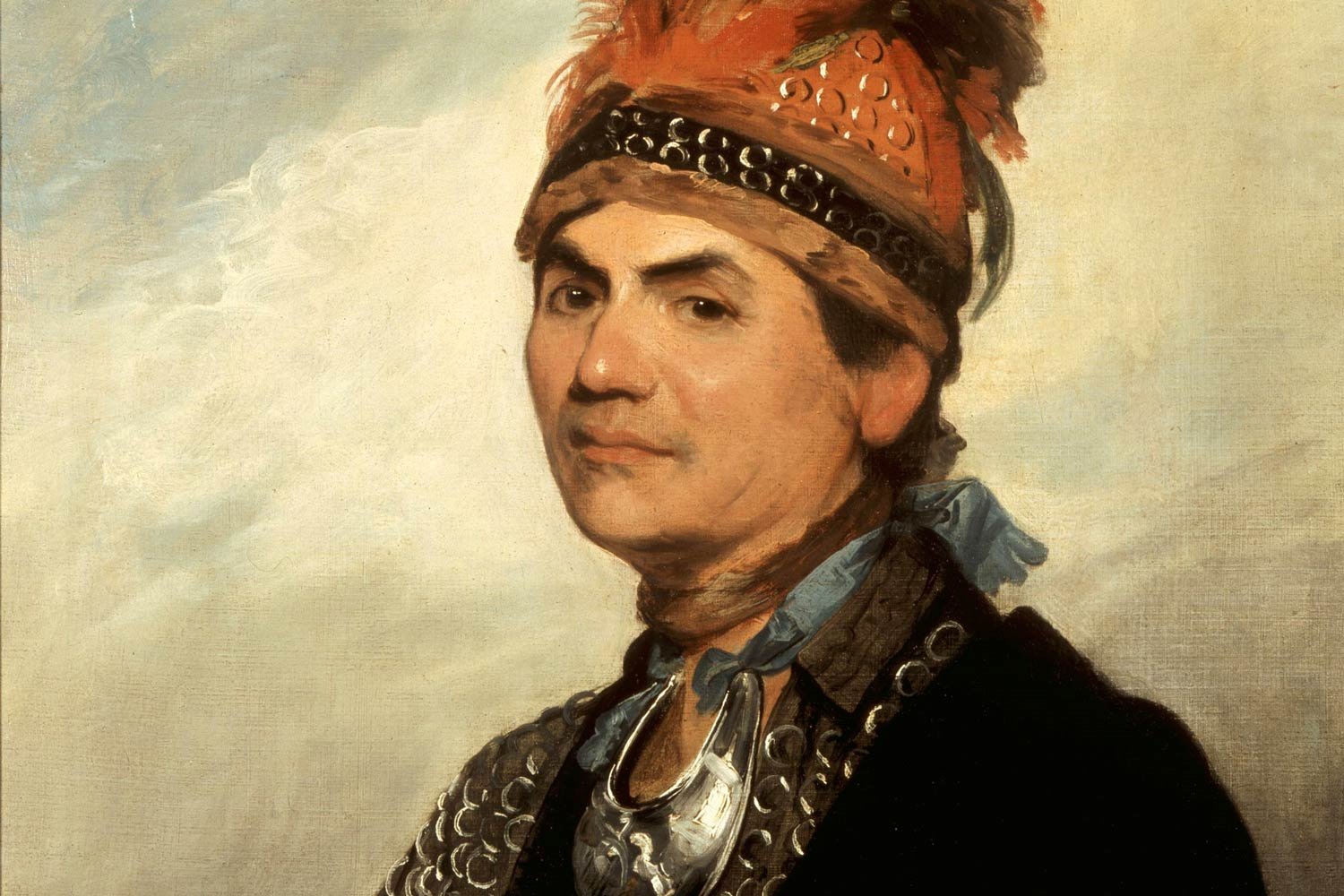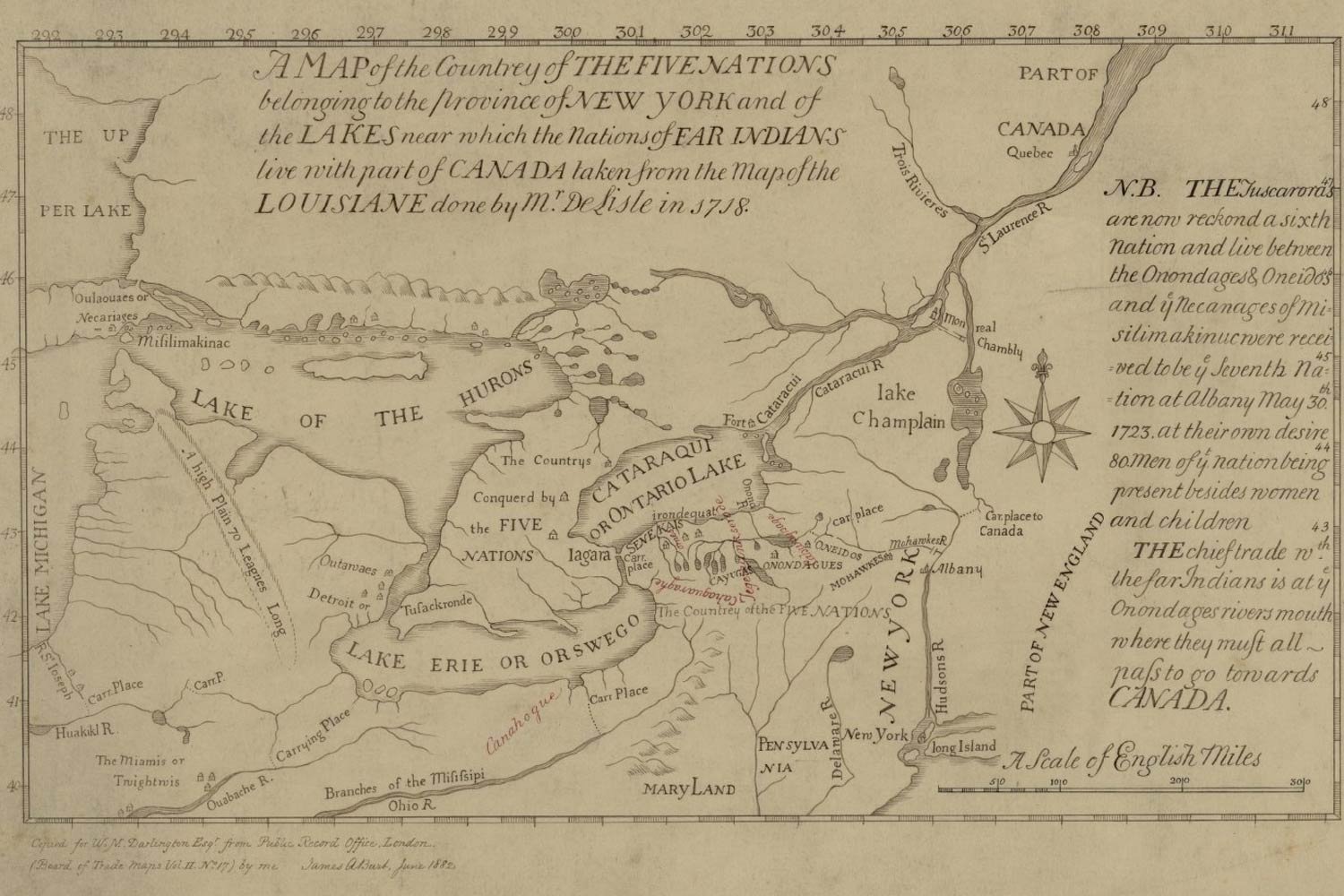End of the Mohawk Valley War
Despite the Sullivan Expedition in 1779, which greatly weakened the Iroquois Confederacy, more heartache was in store. With the British southern campaign ramping up and with a virtually bankrupt Congress, the Continental Army could offer little assistance to the Mohawk Valley. Aware of this, in October 1780, Sir John Johnson led 1,000 men, many trained British regulars, on a sweeping raid and destroyed several hundred thousand bushels of wheat, slaughtered 3,000 head of livestock, and burned countless homes and farms, with over 300 civilians killed or taken captive. The following year, desperate to bring stability and security back to the Mohawk Valley, New York Governor George Clinton appointed Colonel Marinus Willett to lead the militia.
Tom Hand, creator and publisher of Americana Corner, discusses how the bloody civil war in the Mohawk Valley came to an end, and why it still matters today.
Images courtesy of The Metropolitan Museum of Art, Library of Congress, The New York Public Library, National Army Museum, New York Historical Society Museum & Library, U.S. Army, Toronto Public Library, Wikipedia.





By the spring of 1780, the bloody civil war in the Mohawk Valley had been raging for four long years. The suffering in the region was universal, having affected Loyalists, Patriots, and the Iroquois Confederacy. Despite the punitive Sullivan Expedition in the fall of 1779 which laid waste to the heart of the Iroquois homeland, the Loyalists and Indians were not vanquished.